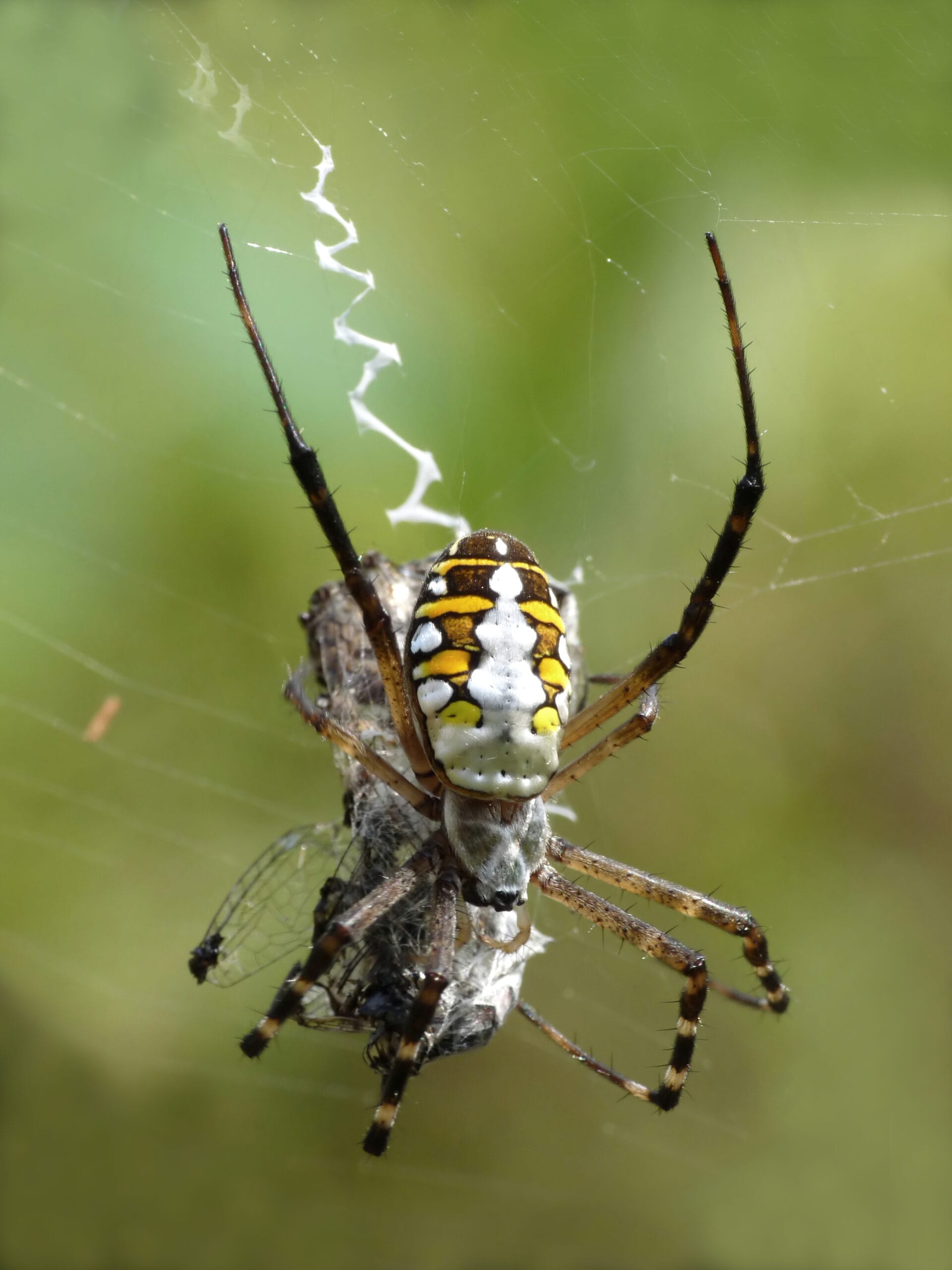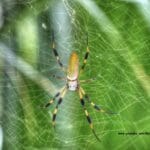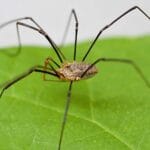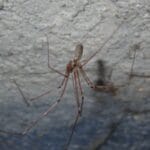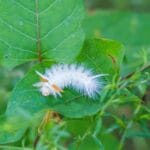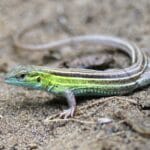Orb Weavers: Harmless Helpers or Hidden Hazards?
This guide explores the often-misunderstood world of orb weaver spiders, separating fact from fiction regarding their venom and the potential threat they pose to humans. We’ll examine the differences between venom and poison, detail the effects of orb weaver bites, and highlight the crucial ecological role these fascinating arachnids play.
Venom vs. Poison: Understanding the Difference
First, let’s clarify a common point of confusion: venom versus poison. Venomous creatures, like orb weavers, inject toxins, usually through a bite or sting. Poisonous creatures, on the other hand, cause harm through touch (like poison ivy) or ingestion (like certain mushrooms). Orb weavers are venomous; they inject venom through their bite.
Orb Weaver Venom: A Closer Look
All orb weaver spiders possess venom. However, the potency of this venom varies significantly across different species. Some species have venom that may cause a mild reaction in humans, while others have venom that is largely inconsequential. Ongoing research continues to refine our understanding of the precise composition and effects of venom in various orb weaver species. Therefore, statements about venom potency should be viewed with caution, and are often species-specific.
What happens if an orb weaver bites you? The vast majority of bites result in minor, temporary discomfort, similar to a mosquito bite—perhaps slightly itchier or with more swelling, likely including:
- Fleeting pain
- Minor swelling
- Localized redness
- Mild itching
These symptoms usually disappear within a few hours or a couple of days. Severe reactions are exceptionally rare. However, individuals with known allergies or sensitivities should consult a doctor, particularly if symptoms persist or worsen.
What to Do if Bitten: Simple First Aid
While orb weaver bites are highly unlikely to cause serious harm, it’s always best to be prepared. If bitten, follow these steps:
- Clean the bite: Gently wash the area with soap and water to help prevent infection.
- Apply a cold compress: This can help reduce swelling and ease discomfort.
- Monitor the area: Watch for any unusual changes, such as increasing pain, spreading redness, or signs of infection (pus, increased redness, fever).
- Seek medical attention: If symptoms worsen, spread, or persist for more than a few days, consult a doctor.
Common Orb Weaver Species: A Quick Overview
Several common orb weaver species exist worldwide, each with unique characteristics but generally posing minimal risk to humans. Examples include:
| Species Name | Location(s) | Distinguishing Features |
|---|---|---|
| Spotted Orb Weaver | North America | Striking markings on its abdomen. |
| Marbled Orb Weaver | Europe, Asia, North America | Unique marbling pattern on its abdomen. |
| Garden Orb Weaver | Worldwide (temperate climates) | Variable coloration, often found in gardens as its name suggests. |
| Golden Silk Orb Weaver | Tropical and subtropical regions | Impressive size and, as the name implies, golden-colored silk. |
(Imagine beautiful pictures of these spiders here!)
Debunking Myths: Separating Fact from Fiction
Many misconceptions surround spider bites and orb weavers. It is crucial to remind people that not all spider bites are dangerous; the vast majority of spiders, including most orb weavers, pose minimal risk to humans. They are far more likely to flee than to bite. Their bites are typically a defensive reaction, only occurring when the spider feels threatened or trapped.
Orb Weavers: Nature’s Pest Control
Orb weavers play a vital ecological role as natural pest control agents. They consume significant numbers of insects, including mosquitoes, flies, moths, and other garden pests. This reduces the need for harmful chemical pesticides, benefiting both the environment and human health. Studies suggest areas with abundant orb weaver populations experience reduced pest infestations.
Are Orb Weavers Good to Have Around?
Orb weavers are generally beneficial to have around homes and gardens. Their pest control services significantly outweigh any minimal risk associated with their venomous bites. Their docile nature and preference for avoiding human interaction contribute to mostly peaceful coexistence.
Orb Weavers: Nature’s Pest Control Experts
Orb weavers are highly efficient insect predators, consuming large quantities of common garden pests. This natural pest control substantially reduces the need for chemical pesticides, contributing to a healthier environment. Studies suggest a correlation between the presence of orb weavers and a decrease in garden pest populations.
Coexisting Peacefully with Orb Weavers
Orb weavers are not inherently aggressive and typically prefer quiet locations to build their webs (shady corners, bushes, tall grasses). Encourage their presence by planting a variety of flowering plants and shrubs that attract insects—providing a readily available food source. Avoid using strong pesticides that can harm them and other beneficial insects.
The Orb Weaver Life Cycle: A Fascinating Journey
The life cycle of an orb weaver is captivating. It begins as an egg, protected within a sac. As spiderlings, they gradually develop their web-spinning skills, undergoing several molts (shedding their skin) as they mature into adults capable of reproduction. Understanding this life cycle fosters appreciation for their presence throughout the year.
Dispelling Myths: A Peaceful Coexistence
The majority of spiders, including orb weavers, are not inherently dangerous. They rarely bite humans, usually only as a last resort when threatened. Peaceful coexistence is possible with a bit of understanding and respect for their space.
When Professional Help Might Be Needed
While generally beneficial, professional pest control might be necessary in cases of extreme infestations in homes or severe allergic reactions to a bite. However, always explore non-lethal removal methods first.
The Bottom Line: Beneficial Arachnids
In summary:
- Orb weavers are excellent natural pest controllers.
- Their bites are rarely harmful to humans, generally causing only minor discomfort.
- Peaceful coexistence is attainable through understanding and respect.
- Ongoing research continues to enhance our knowledge of orb weavers.
How Venomous is a Golden Orb Weaver?
The golden orb weaver (Trichonephila clavipes), also known as the banana spider, is a large, impressive spider spinning expansive webs. While possessing neurotoxic venom similar to a black widow’s, its potency is significantly lower. Bites typically result in mild, localized discomfort comparable to a bee sting – rarely requiring anything more than basic first aid. Severe systemic reactions are incredibly rare.
| Spider Type | Venom Type | Typical Bite Effects | Severity Level |
|---|---|---|---|
| Golden Orb Weaver | Neurotoxic | Mild localized pain, minor swelling, possible small blister | Low |
| Black Widow | Neurotoxic | Severe pain, muscle cramps, nausea, potential life threat | High |
The severity of a bite can depend on the amount of venom injected, individual sensitivity, and bite location. While in-depth LD50 data isn’t readily available publicly, the overall risk to a healthy adult from a golden orb weaver bite is minimal.
If bitten, clean the area, apply a cold compress, monitor for any worsening symptoms, and seek medical attention if necessary. Their bites are overwhelmingly an unimportant inconvenience. Remember, these spiders are more afraid of you than you are of them. They prefer avoiding interaction.
Are 4-Spot Orb Weaver Spiders Poisonous?
The four-spot orb weaver (Araneus quadratus) is a common European spider. They are venomous, meaning they inject venom, but this venom is primarily designed to subdue insect prey and poses minimal risk to humans. A bite might cause a fleeting prick, a bit of redness, or swelling, akin to a mosquito bite – rarely necessitating medical attention. Severe allergic reactions are exceptionally rare.
| Spider Species | Venom Severity | Typical Bite Reaction | Need for Medical Attention |
|---|---|---|---|
| Araneus quadratus | Very Low | Mild pain, minimal swelling, possibly some itching | Rarely needed |
| Black Widow | High | Severe muscle pain, cramps, nausea, vomiting | Definitely needed |
| Brown Recluse | Moderate | Painful bite, potential for ulceration or tissue damage | Possibly needed |
If bitten, wash the area, apply a cold compress, monitor for any unusual changes, and see a doctor only if symptoms intensify or don’t improve. While their venom is not dangerous to humans, avoid handling spiders whenever possible; it causes them needless stress and is generally not a good idea. Our understanding of spider venom is constantly evolving through ongoing research.
- Crypto Quotes’ Red Flags: Avoid Costly Mistakes - June 30, 2025
- Unlock Inspirational Crypto Quotes: Future Predictions - June 30, 2025
- Famous Bitcoin Quotes: A Deep Dive into Crypto’s History - June 30, 2025
